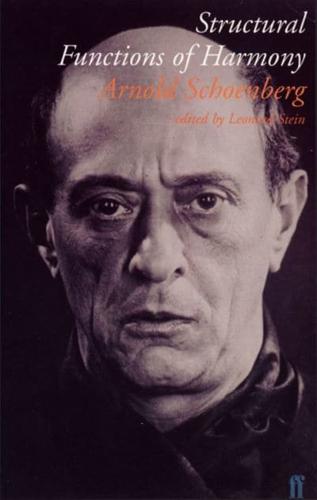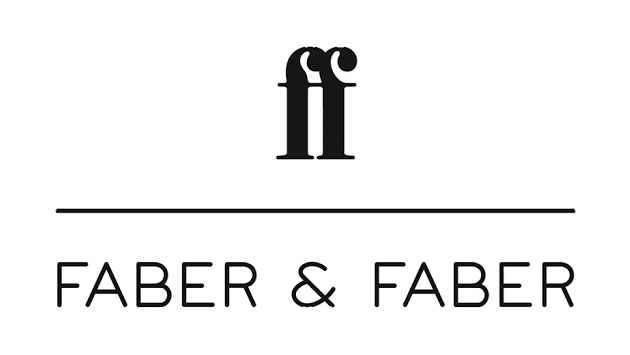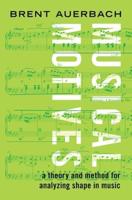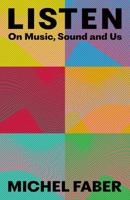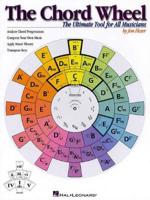Publisher's Synopsis
First published in 1948, Structural Functions of Harmony is Schoenberg's last theoretical work and contains his ultimate thoughts on classical and romantic harmony. The opening chapters are a resume of the basic principles of the early Theory of Harmony; the subsequent chapters demonstrate the concept of 'monotonality', whereby all modulations to different keys within a movement are analysed not in relation to each other but in terms of the irrelationship to one central tonality (tonic) as the centre of all harmonic change. Schoenberg's music examples range from the entire development sections of classical symphonies to analyses of the harmonic progressions of Strauss, Debussy, Reger, and his own early music.
